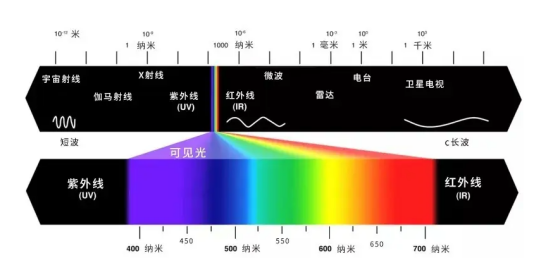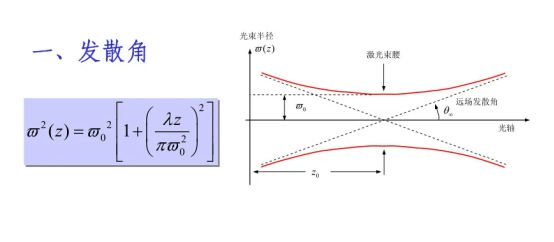
What are the parameters of solid-state lasers?

Solid-state laser parameters mainly include: center wavelength, maximum output power, repetition rate, pulse width, extinction rate, maximum single-pulse energy, beam quality
Take the Ablator-PNIR series lasers independently developed by PulseX Laser as an example:
| parameters | Units | Ablator-PNIR-30 | Ablator-PNIR-50 | Ablator-PNIR-70 |
| Work Mode | Pulse | Pulse | Pulse | |
| Central Wavelength | nm | 1064 | 1064 | 1064 |
| Maximum output power | W | >30 | >50 | >70 |
| PSO/POD function | Support | Support | Support | |
| Repeat Frequency | MHz | 50-3000 | 50-3000 | 50-3000 |
| Pulse width | Ps | <10 | 10-15 | >15 |
| Number of pulses | 1-10 | 1-10 | 1-10 | |
| Polarization | Linear Polarization | Linear Polarization | Linear Polarization | |
| Extinction Ratio | dB | >20 | >20 | >20 |
| Maximum single pulse energy | uJ | <350 | <350 | <350 |
| Beam Quality | ≤1.3 | ≤1.4 | ≤1.5 | |
| Output spot diameter | mm | 2.0±0.3 | 2.0±0.3 | 2.0±0.3 |
| Power Stability | % | <1 | <1 | <1 |
| Pulse Stability | % | <1 | <1 | <1 |
| Output optical power adjustable range | % | 0-100 | 0-100 | 0-100 |
| Work Environment | ||||
| Input Voltage | VDC | 220 | 220 | 220 |
| Operating Temperature | ℃ | 20-30 | 20-30 | 20-30 |
| Storage temperature | ℃ | 0-60 | 0-60 | 0-60 |
| Power consumption | W | 1500 | 1500 | 1500 |
| Volume | mm | 738x506x195 | 738x506x195 | 738x506x195 |
| Weight | KG | 75 | 75 | 75 |
Central wavelength: refers to the output wavelength of the laser, which is an important parameter of the laser output beam. Different wavelengths represent different light sources as shown below:

Peak power: This is the proper term for pulsed lasers, and it is also an important performance indicator of pulsed optical devices. It represents the highest power that can be achieved with a single pulse. The unit is watt (W).
Pulse width (Pulse width): referred to as pulse width, refers to the duration of a single pulse, therefore, it is a time measurement unit, with milliseconds (ms), microseconds (us), nanometers Second (ns), picosecond (ps), femtosecond (fs) and other orders of magnitude. The smaller the magnitude, the shorter the duration of the laser action.
Maximum single pulse energy (Pulse energy): refers to the laser energy carried by a single pulse. is the product of peak power and pulse width. The unit is Joule (J). For example, when the peak power is 10kW and the pulse width is 100ns, the pulse energy E=10kW*100ns=1mJ.
Pulse repetition rate (Pulse repetition rate): equal to the number of pulse repetitions in one second. The unit is Hertz (Hz).
Output power (Average power): refers to the laser energy output per unit time in one repetition cycle. is the product of the pulse energy and the pulse repetition frequency. The unit is watt (W).
Peak power density: refers to the laser power per unit area, an index jointly determined by the laser power and the area where the laser acts. The unit is watts per square centimeter (W/CM2).
There are other: beam quality, divergence angle, spot roundness, spot diameter and other important influencing indicators;
Beam quality: The definition of beam quality includes: far-field spot radius, far-field divergence angle, diffraction limit multiple U, Strehl ratio, M2 factor, power on the target surface or surrounding energy ratio, etc.

Divergence angle: The beam divergence angle is a measure of the speed at which the beam diverges from the beam waist. Very low beam divergence angles are required in free-space optical communication applications. Beams with very small divergence angles, such as beam radii that are close to constant over long travel distances, are called collimated beams.
![<?=$public_r['add_com']?>](https://en.pulse-x.com/d/file/p/2025/04-07/bf59db14fcdf89bedbf6a9fdeeae3c9e.png)
Send Message To Us!